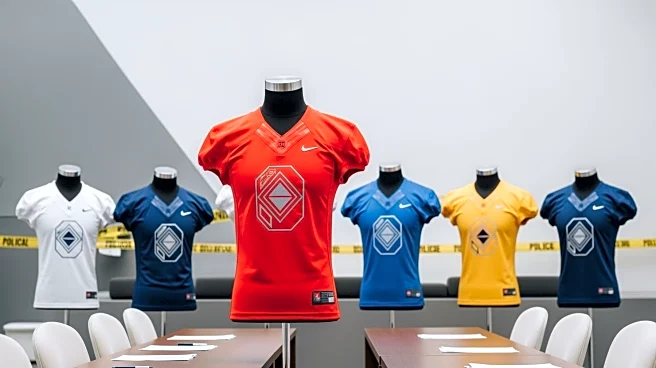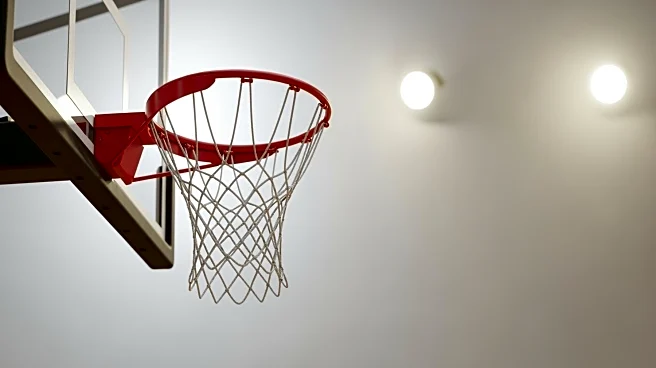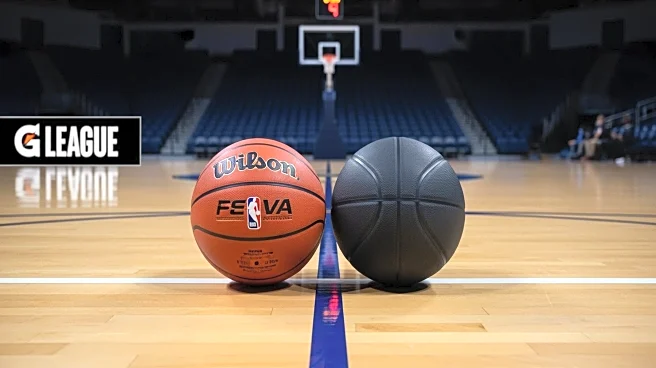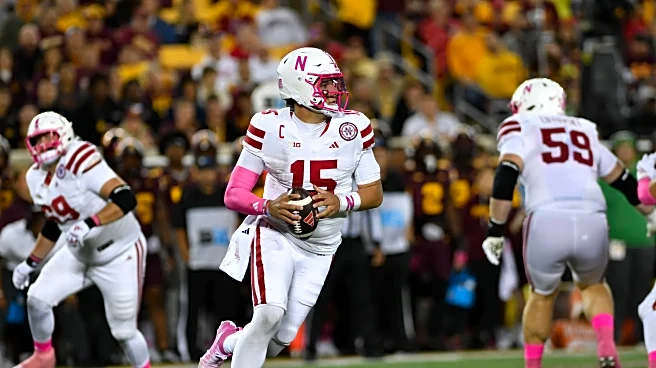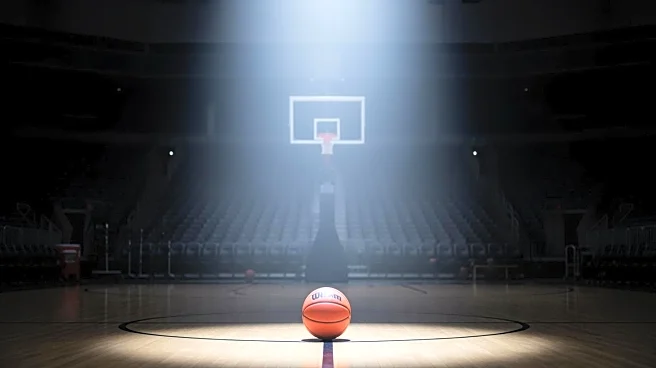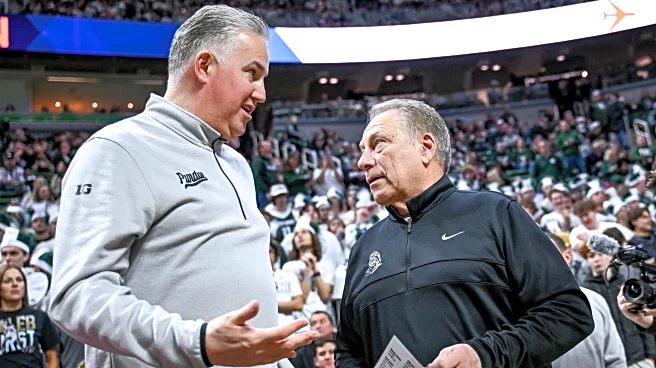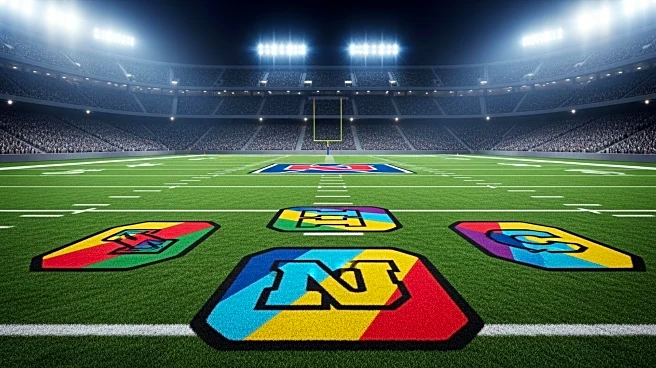What's Happening?
NCAA Division I commissioners are currently deliberating on a proposal to allow sponsorship patches on college football jerseys, potentially starting as early as next fall. This initiative, reported by
Yahoo! Sports' Ross Dellenger, aims to introduce new revenue streams for college programs, drawing parallels to NASCAR's sponsorship model. The proposal has sparked discussions about who should have the authority to decide on acceptable sponsors and the number of patches allowed. Concerns about 'overexposure' have been raised, with some leaders advocating for limits to prevent uniforms from becoming overcrowded with logos. The financial implications are significant, with estimates suggesting that jersey patches could generate between $500,000 annually for smaller schools and up to $12 million for top-tier programs.
Why It's Important?
The introduction of sponsorship patches on college football jerseys could significantly alter the financial landscape of college sports. This move comes at a time when Name, Image, and Likeness (NIL) deals and revenue-sharing models are reshaping the industry. By adopting a model similar to the NBA, where teams earn $10–20 million annually from uniform patches, college programs could unlock substantial new revenue streams. This could benefit schools financially, allowing them to invest more in their athletic programs and facilities. However, it also raises questions about the commercialization of college sports and the potential impact on the traditional amateur status of college athletes.
What's Next?
If the proposal is approved, college football fans could see their favorite teams sporting brand logos on their jerseys as soon as the next season. The decision will likely involve input from various stakeholders, including schools, conferences, and the NCAA, to establish guidelines on sponsorships. The outcome of these discussions will determine how the patches are implemented and regulated. As the debate continues, the college sports community will be watching closely to see how this potential shift towards a more professional model unfolds.
